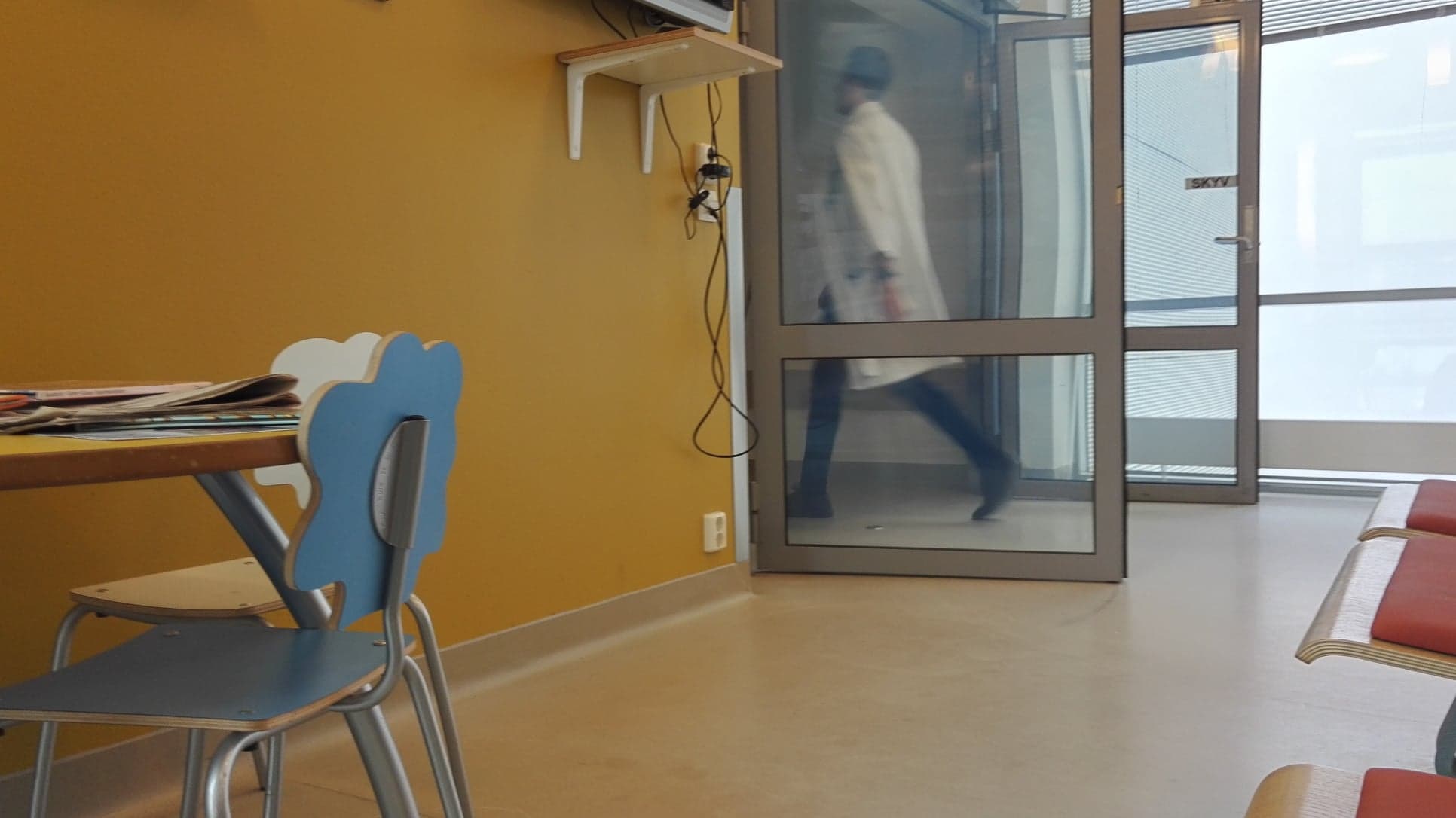This text is about how I have experienced the waiting time, when it comes to the Norwegian health system.
Usually when you need an appointment with your regular General Practitioner, you either get an appointment the same day or a couple of days later that same week. But when I changed my RGP to SiO (Studentsamskipnaden i Oslo – an offer for students to get health services a little cheaper), I have to wait for my appointment for three weeks. And when I first get to the appointment, I only get 15-20 minutes with my doctor. When I got referenced to specialist, I had to wait up to ten days before I got a response, if I could get help from a specialist or not. And when I first got a green light to get help, I then had to wait two months for my appointment. I am not an impatient person, but I experienced getting unsure and anxious while waiting. Scared that my problem could get worse, unsure of what to do with the problem in the meantime and anxious of whether this was a serious problem or not. The picture demonstrates how I sometimes connect the heath system in Norway only with waiting rooms and busy doctors.
A news article posted on May 8th 2018 highlights this topic within physical therapists. The article starts with a quote from a Norwegian physical therapist, Sunde Drageset, and he says that “It is a complete disaster with such long waiting lists”. One of the patients that were interviewed said that she has been to all of the therapists in her municipality, and calls every therapist to find where they have shortest waiting time. She also says that she feels like a patient who is bothering because she has needed treatment for a long time and wants it further. Because of this problem, the physiotherapists have long working days and a lot of extra work in the weekend. Drageset even says that he often feels guilty. One reason for this problem is that work and responsibility have been moved from state to municipality. The patients that are at risk of getting sick leave from work are the ones that are prioritized, and Dragset has no problem of understanding this. There should however be given more priority to health promotion and preventive work. Another physical therapist that was interviewed was Dag Sivert Nesdal, and he says that a priority list where too many people are weighted with high priority is just a sign that there are not enough therapists in relation to demand.
Article:
https://fysioterapeuten.no/Aktuelt/Nyheter/Helt-katastrofe-med-saa-lange-ventelister


One thought on “Mai, Anna. Waiting for help in Norway”
Dear Anna
Thank you so much for your insightful post on what the Health System looks like in Norway. Please see my thoughts on your post below…
– Content: The way in which you tie the picture in with your thoughts on the topic at hand is well thought through.
– Argument: Good questions posted and arguments made. Love the flow of the argument meaning, the way in which you stated that the ‘waiting game’ starts when you make an appointment up and till you see a specialist. I liked the way in which you described it in a sort of snowball effect.
– References: Good use of references in your article, although they seem a bit little. Would’ve liked to read more literature reviews that shows evidence about what you have written. Very well blended into your article.
– Writing: Grammatically correct, very easy to read and understand. You also included meanings to the abbreviations that you added in your article which made it a bit easier to understand. I would’ve liked to read the article that you used is there and English version?
All-in-all a very well sought after article, very well written. Thank you so much for allowing me to read it. Good luck with the rest of your studies.
Kind Regards
Christelle Knoetze